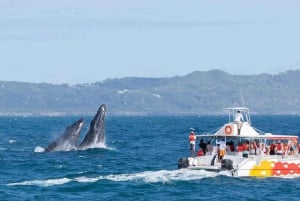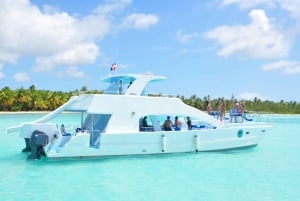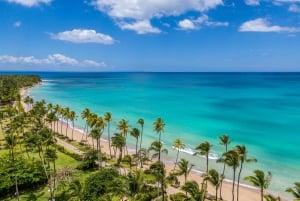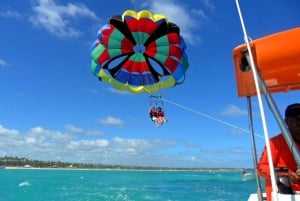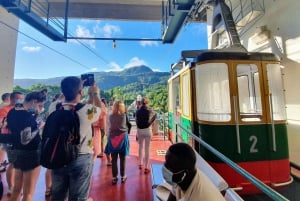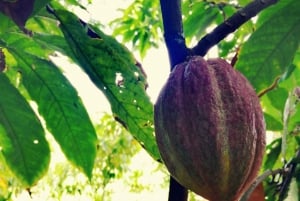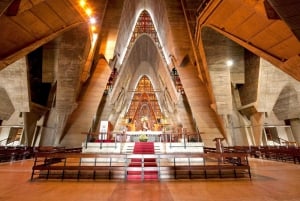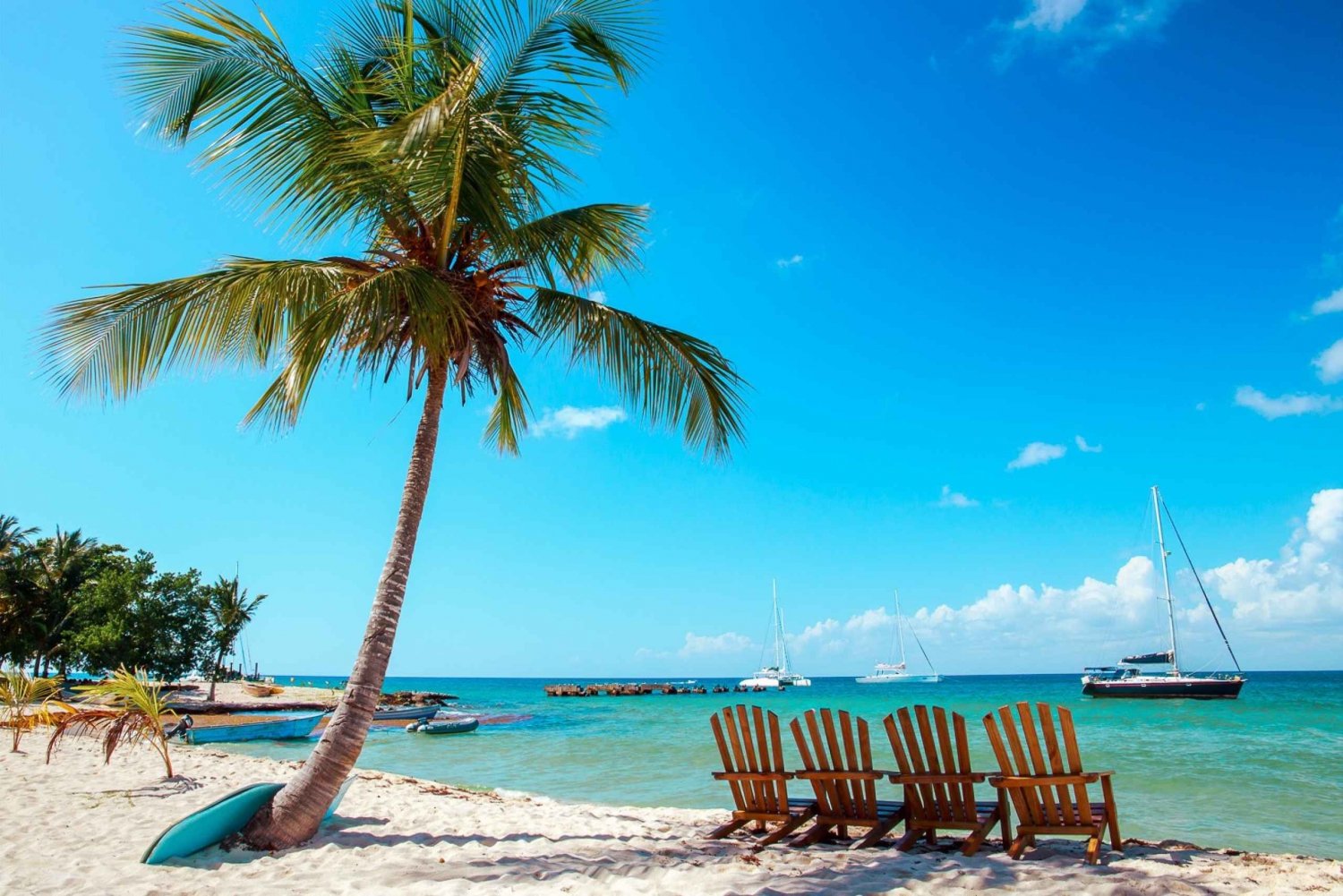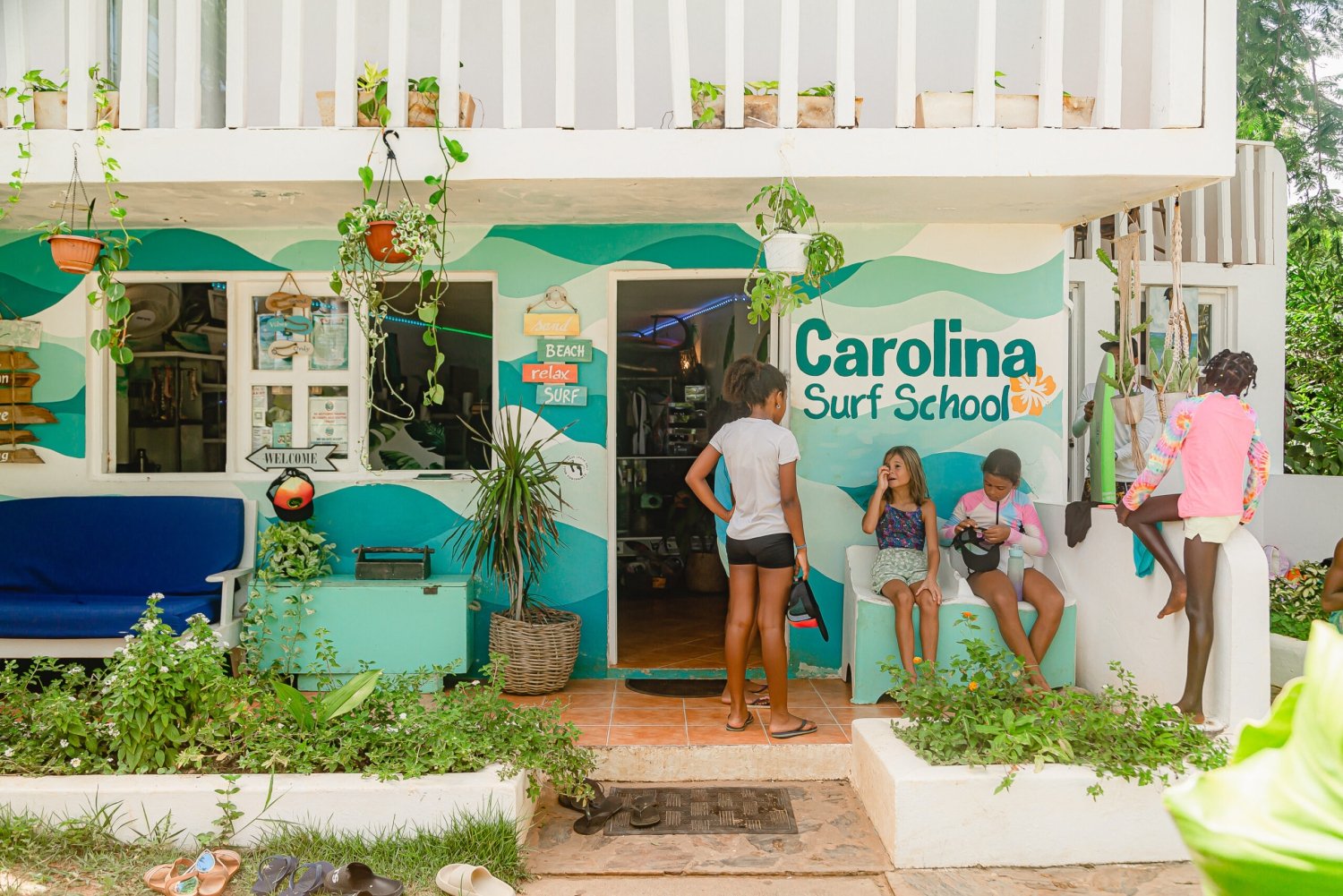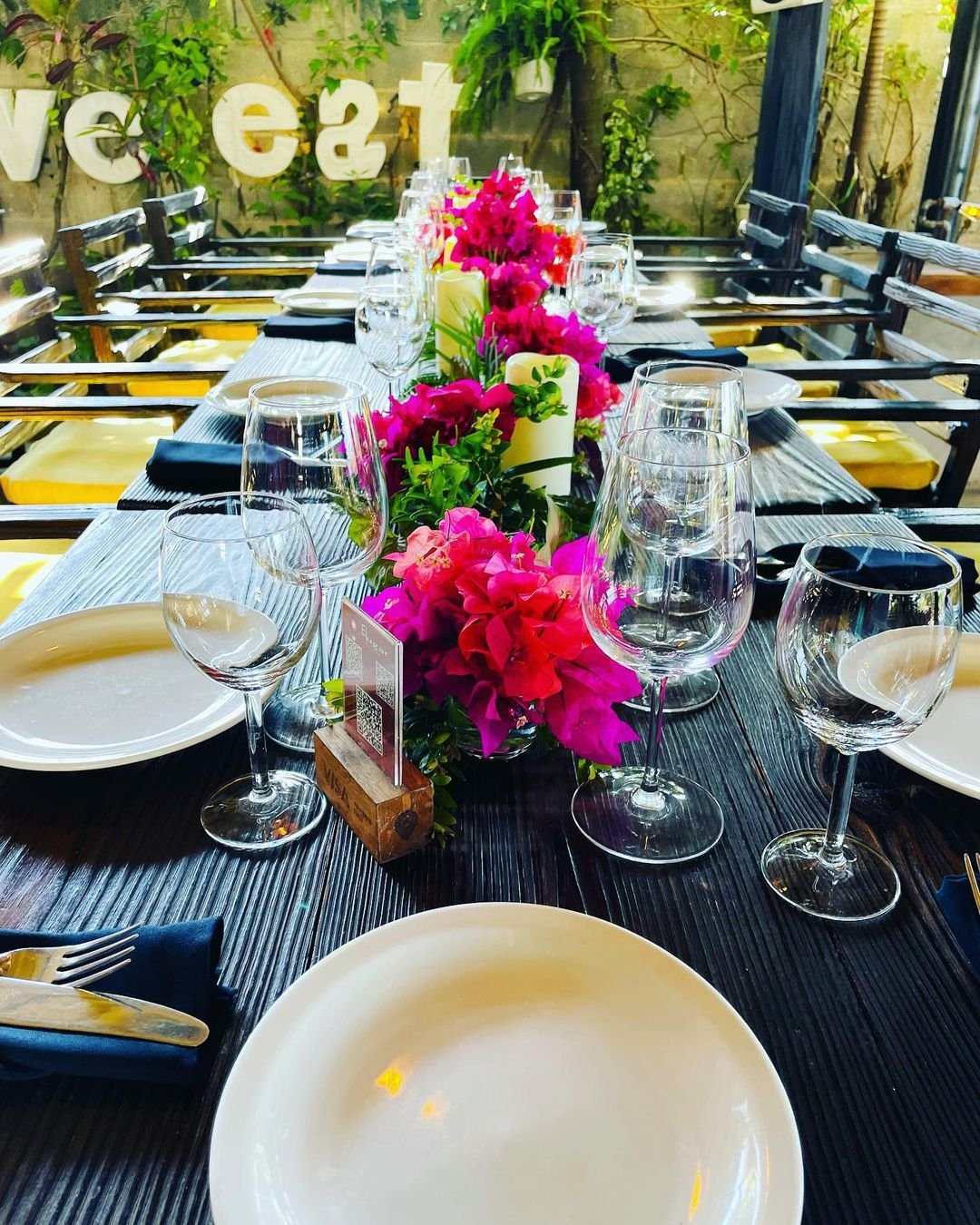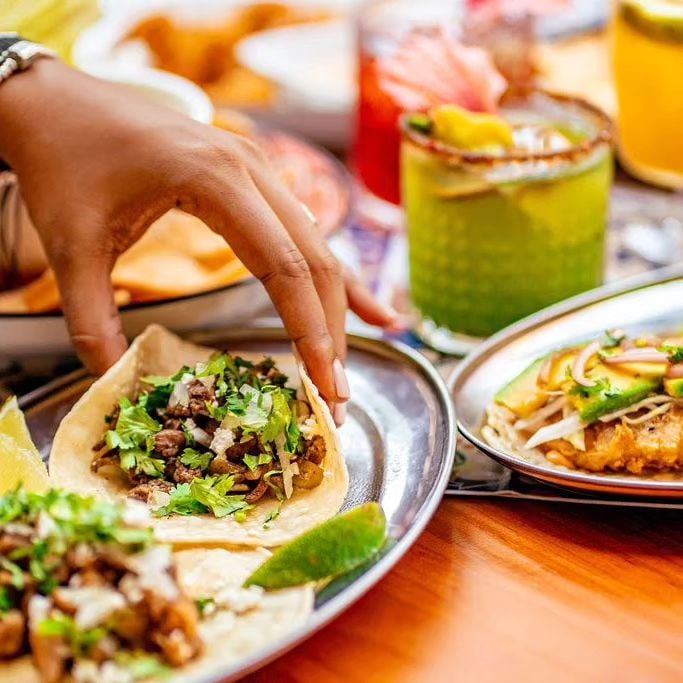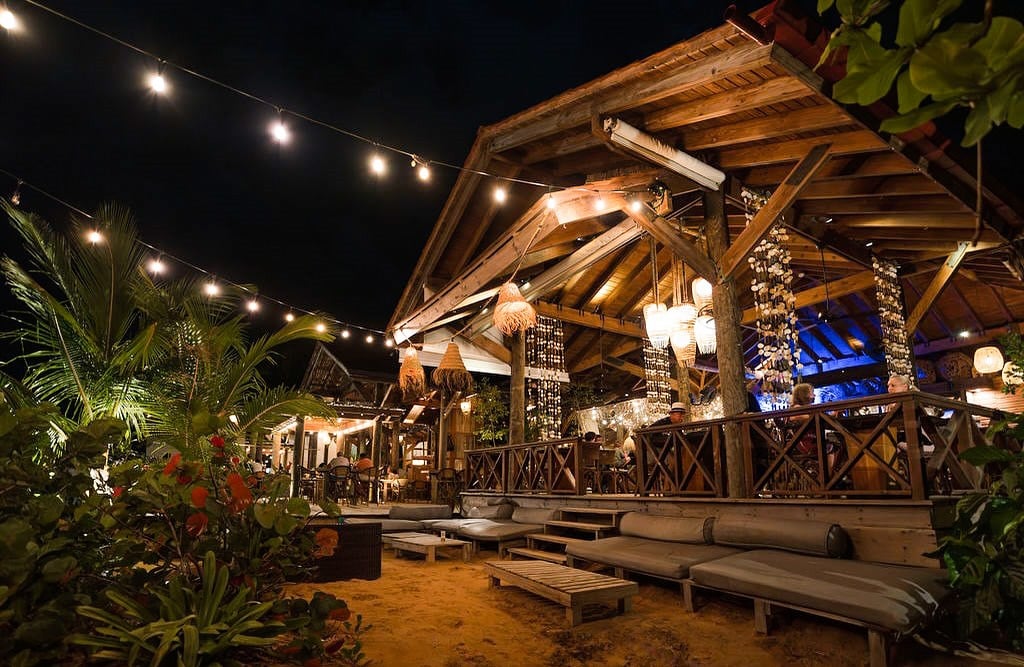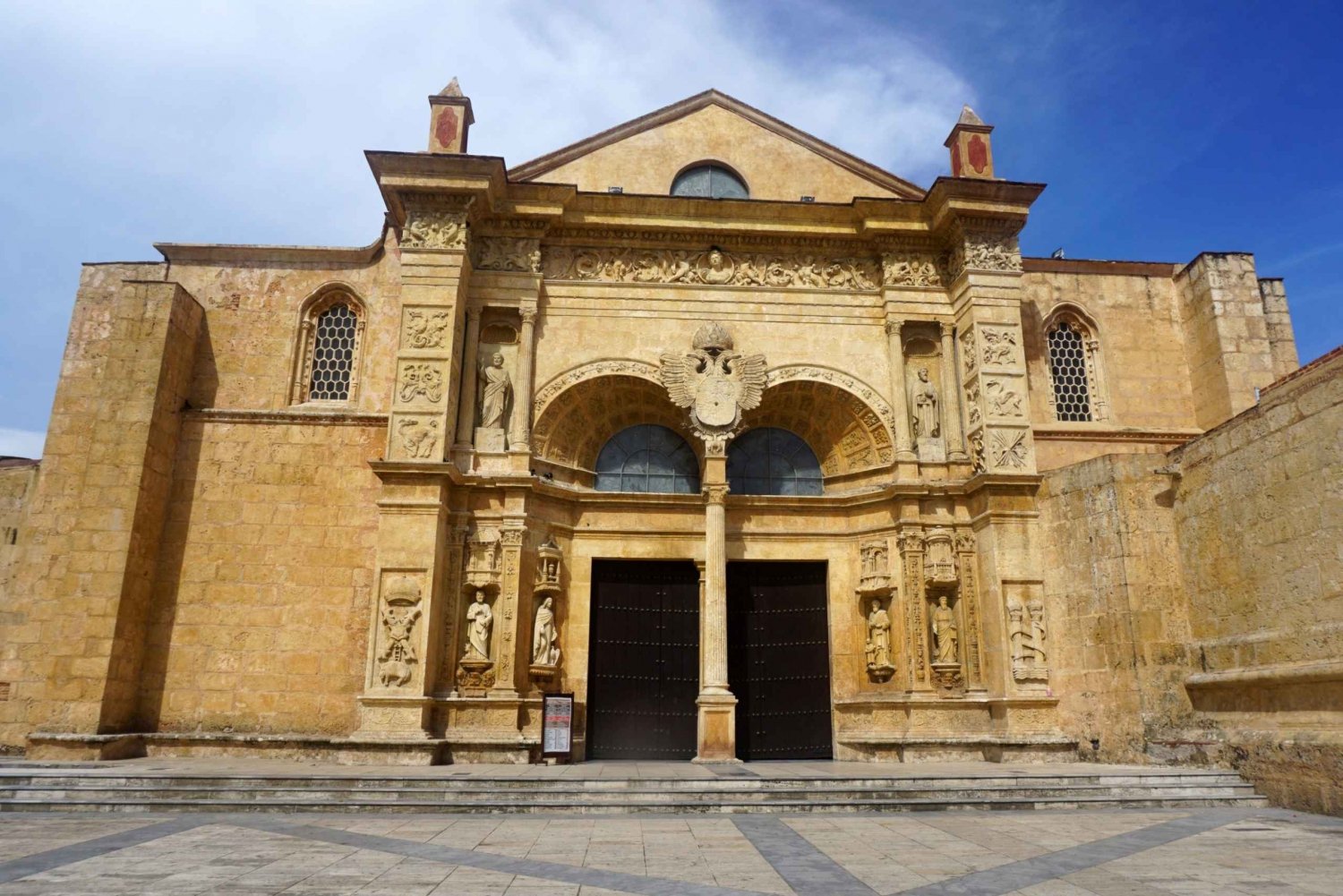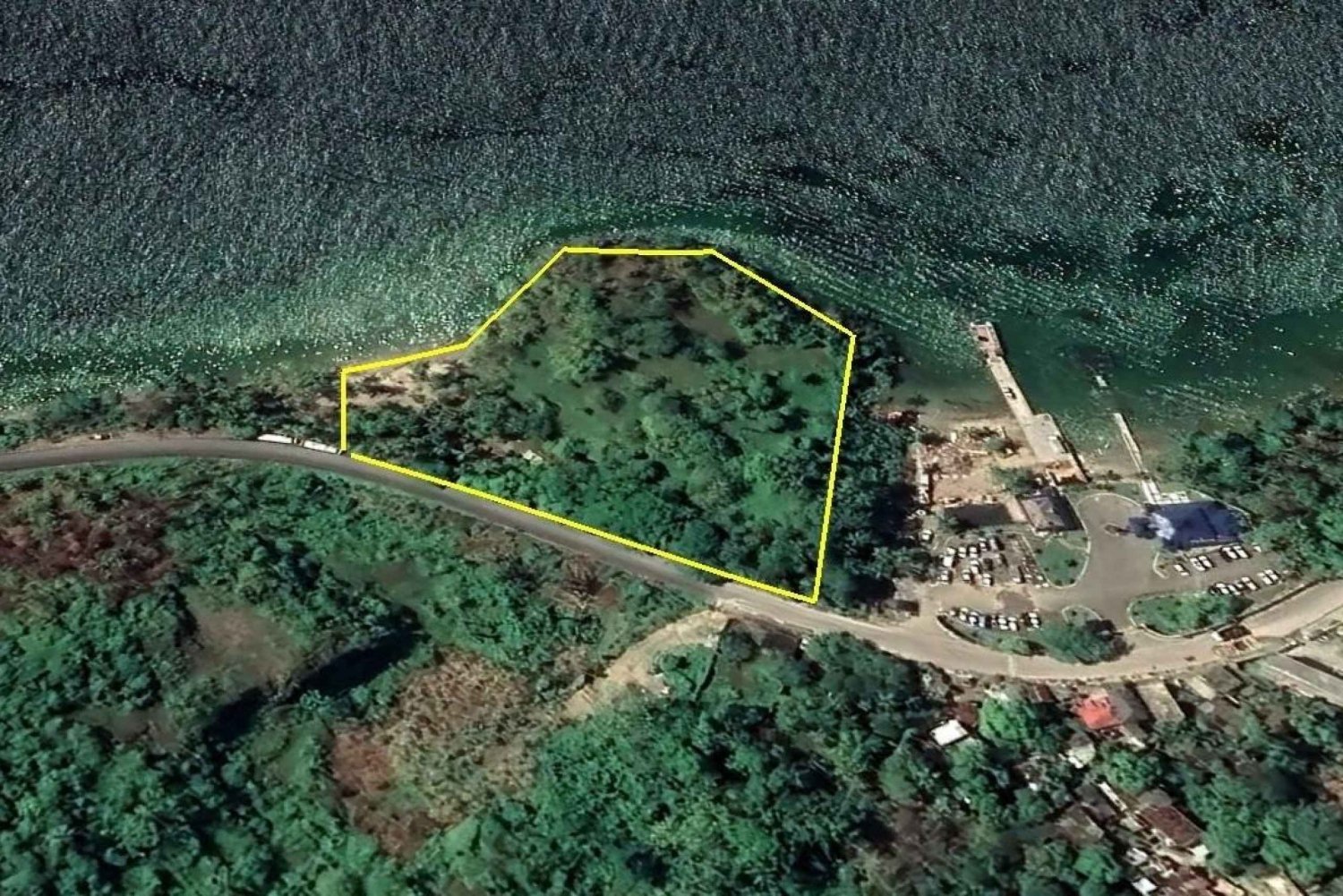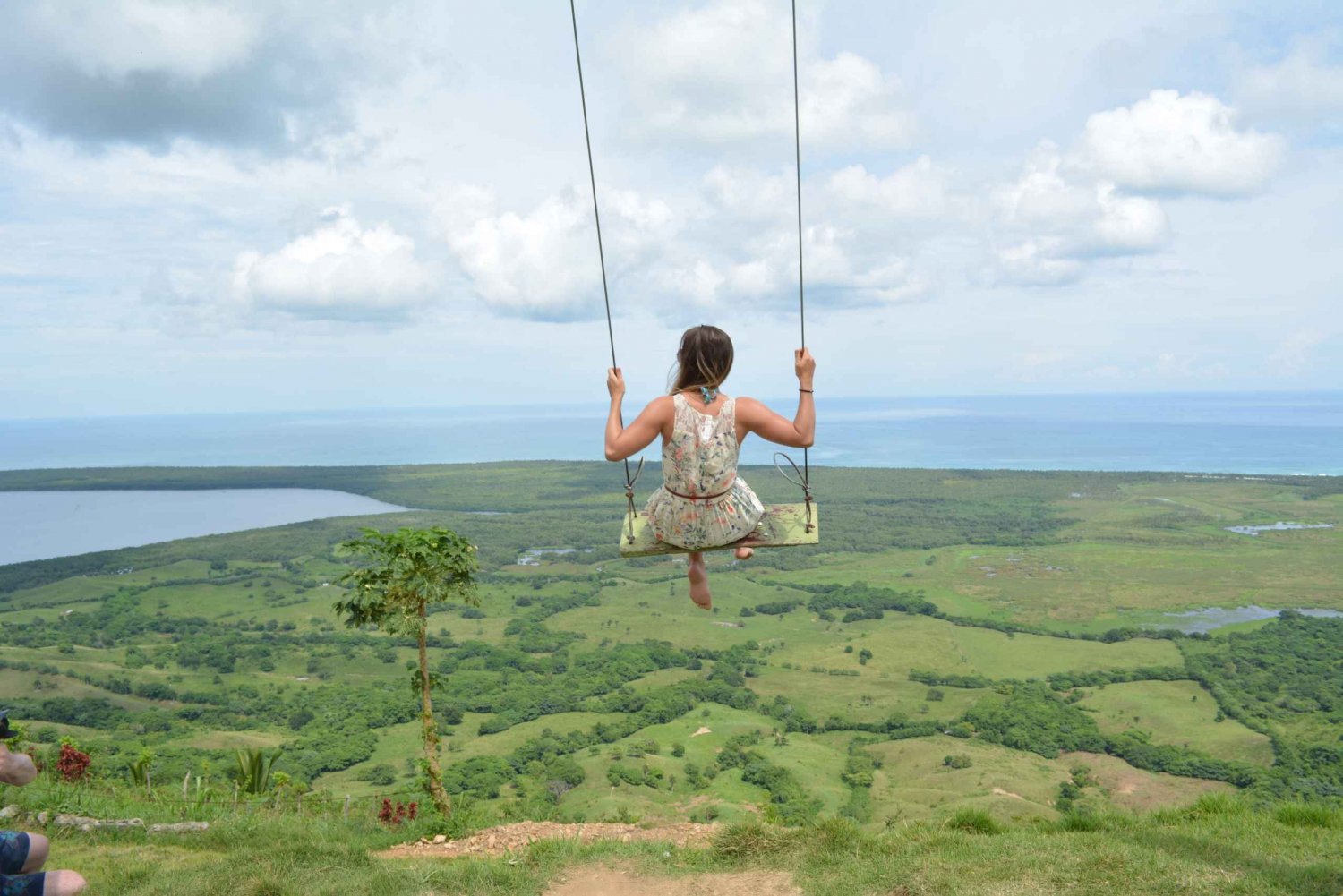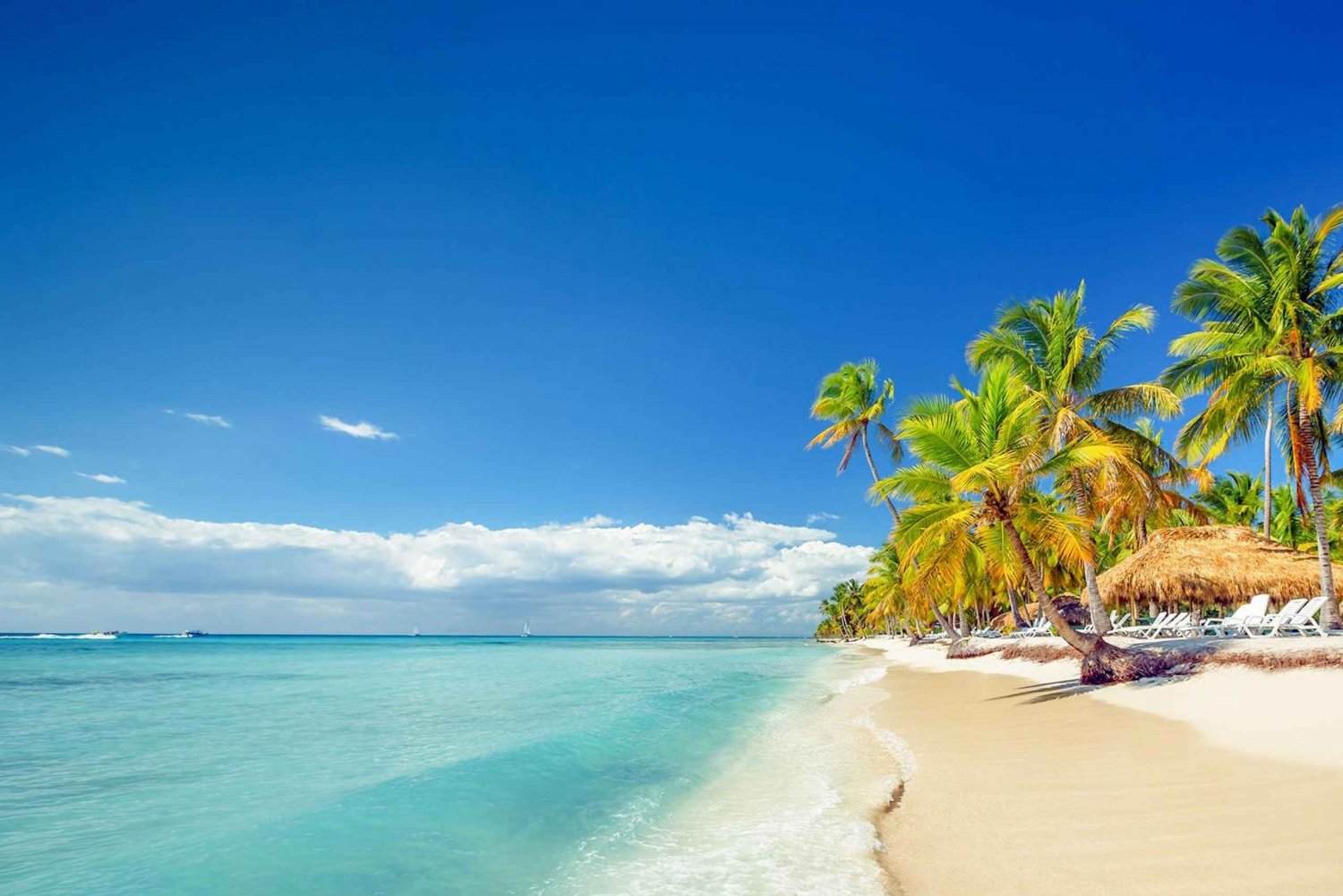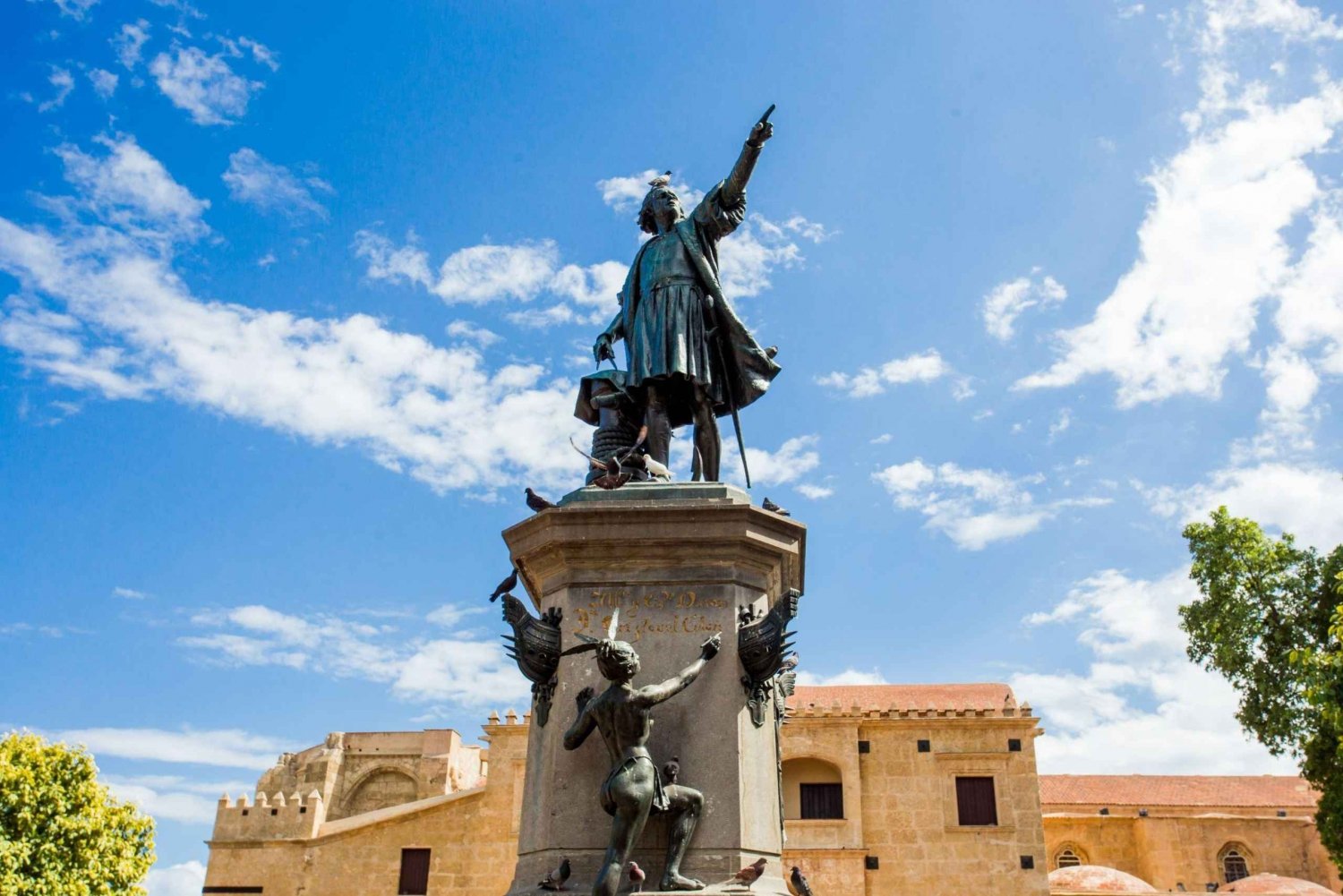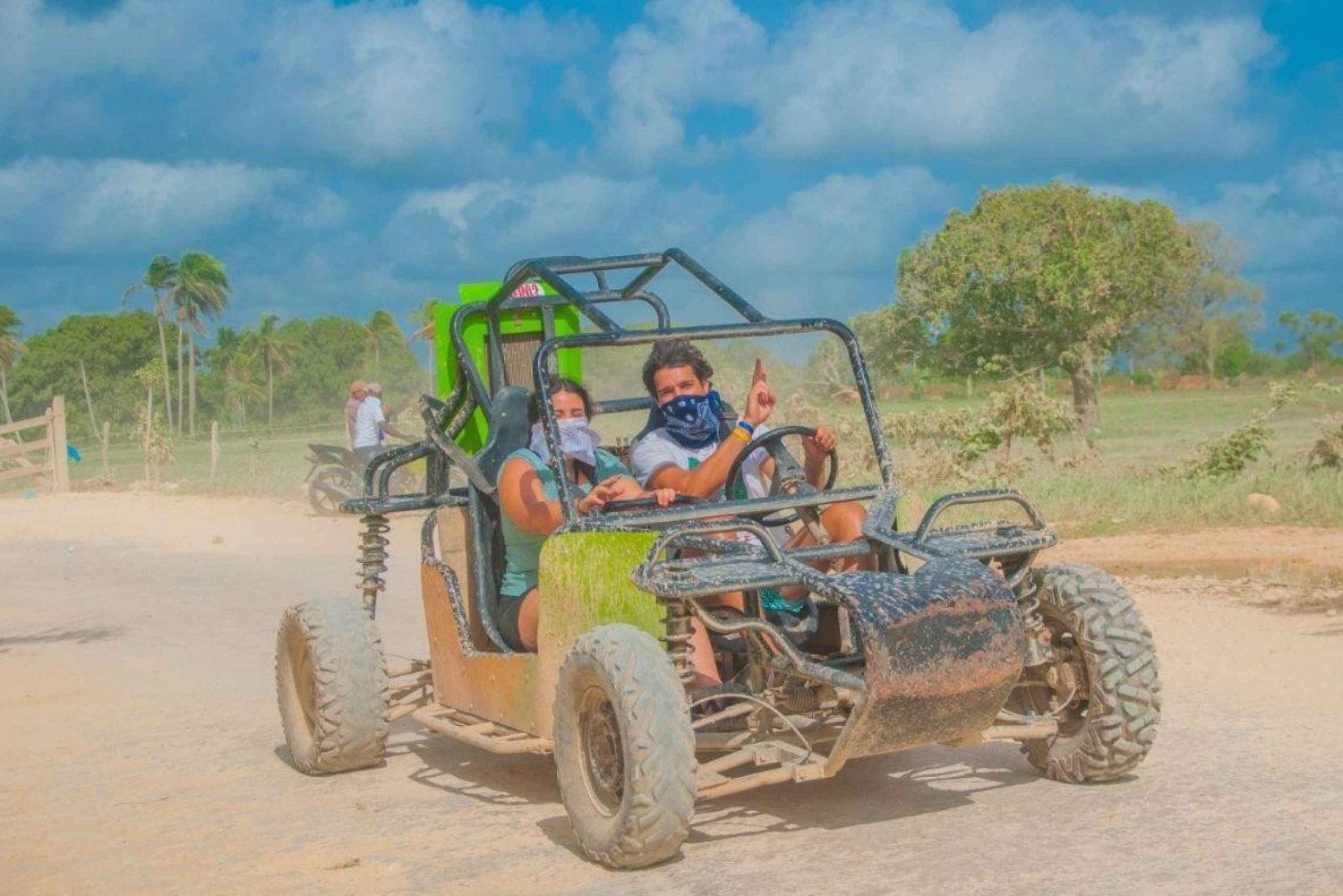Colonial City Santo Domingo
Declared a World Heritage Site because of its rich history, here, tourists have the privilege of walking in the place chosen by Bartholomew Columbus during Colonization to create the first city in the Americas in 1498, six years after his brother Christopher Columbus had discovered this island. The visitor can admire the first constructions the settlers made, such as the first cathedral, the oldest street and the first hospital. The colonial architecture became the model for successive town planners of the New World. The Colonial Zone is not only for lovers of history and art, but also for those who like shopping and, of course, for all romantics.
Let’s discover together all the recommended places that every tourist should visit in the Colonial City.
AMERICA'S FIRST CATHEDRAL, its official name is the Cathedral of Santa Maria de la Encarnación and it is the first cathedral of the New World, built between 1514 and 1542. Pope Paul II presided at the official opening ceremony in 1546. In addition to its architecture and its great historical and cultural content, the interior has great artwork, paintings, tombstones with the remains of Archbishops, antique furniture and many other interesting items dating from this period of colonization. The remains of Christopher Columbus himself were housed in the Cathedral for a time. The Cathedral has a combination of Gothic, Romanesque, Baroque styles among other influences. To visit the Cathedral you are required to dress in semi-casual attire - no shorts or short skirts. The main entrance is next to Columbus Park.
THE MUSEUM ALCÁZAR DE COLÓN, was built between 1510 and 1512 and was presented to Christopher Columbus' son Don Diego, Governor of Hispaniola during the Colonial era, this majestic palace was home for him and his descendants during their stay on the island. The Alcázar became the center of colonial power where the first Spanish court was established in the New World. It became the temporary home of many important personages, such as Pizarro, Cortez, Balboa and Ponce de León on his way to future conquests in America. It consists of 22 rooms. The structure itself projects a mixture of Gothic and Arabic styles, and was heavily influenced by the Spanish and Italian Renaissance. The Alcazar de Colón is open to the public as a museum and houses many fine treasures of the Colonial period.
Open Monday to Saturday 9 a.m.– 5 p.m. and Sunday 9 a.m. – 4 p.m. Admission: 100 RDS, Children under 8 free - Plaza España, Colonial City Tel +1809 682 4750
Open daily from 9 a.m.– 5 p.m. – Las Damas Street, Colonial City Tel +1809 333 8672
LAS DAMAS STREET, the cobblestoned street Las Damas is the oldest and most historic street, dating from 1502. It took its name from the elegant ladies of the Spanish nobility who walked here in the evenings wearing their best clothes and finery. The pedestrian-only street is fascinating, as it includes landmarks such as the Fort Ozama, the National Pantheon, the Royal Houses Museum, the Royal Sundial, the House of France and the House of Bastidas. At the end of the street you will find the Alcázar de Colón, the most emblematic monument of the whole Colonial City, home for several years to the governor of Hispaniola, Diego Colón, son of Christopher Columbus.
THE ROYAL SUNDIAL, was built in 1753 during the reign of Carlos III by the governor of Santo Domingo, Francisco Rubio Peñaranda. Its location in front of the Royal Houses Museum has a logical explanation: during the Colonial period, it was the Royal Court Museum and Palace of the Captain General. The sundial was built for the hearers of the Royal Court and judges could see the time from the windows of their boardrooms. The hours are marked by a metal plate, whose shadow marks the hours on the face. It has two flat sides: the southeast, where you see the morning, and the southwest, where you see the afternoon.
Las Damas Street, Colonial City
THE RUINS OF THE MONASTERY OF SAN FRANCISCO, date from 1508 and this was the first monastery of the New World, the work of Nicolas de Ovando, and belonged to the order of the Franciscans. The great entrance gate to the monastery shows the magnificence of this unique structure. Over time it has been devastated by several earthquakes and the conqueror Drake even set fire to it in 1586. It had always been rebuilt until a severe hurricane brought down much of the building in 1930 and it was never repaired. Over the top of one of the entrances of the monastery we can appreciate the cord of the Franciscan Order. On the outside, we can see a Renaissance-like style and on the interior, a Gothic style. Today, these ruins are used for social and cultural events.
THE RUINS OF SAN NICOLAS DE BARI HOSPITAL, this was the first hospital in the New World, built between 1503 and 1508 by order of Governor Nicolas de Ovando, due to new and painful diseases encountered by the settlers on the island and the new forms of life and hard work that the indigenous population was obliged to perform. This medical center would later also be a church, and was initially built as a chapel-hospital. The decline of the hospital began when the English explorer Sir Francis Drake invaded the island in 1586, burning and looting the hospital and the church property of its riches, followed by a period of hurricanes and earthquakes in the Dominican Republic. Through all this, the Medical Center continued to offer its services, especially during the French and Haitian occupation and during the Wars of Independence, serving as a Royal Military Hospital. After the Restoration, the Hospital San Nicolás de Bari became a complete ruin. Exploring the ruins today, we can appreciate the detailed models of Mudejar and Gothic styles.
Hostos Street, next to the Church Nuestra Señora de la Altagracia
CONDE'S GATE, in the seventeenth century this was known as the Closed Door. During the English invasion of in 1655, the Captain General of Hispaniola, Conde de Peñalba, was commissioned to defend Santo Domingo. After the defeat of the English, it was called Puerta del Conde in his honor. After a while, this door became the symbol of the Dominican National Independence which was proclaimed on February 27th 1844, and was elected as the stage from which to proclaim the country’s independence from Haiti, culminating in the raising of the new Dominican flag. This gate is the main entrance to Independence Park, at the center of which stands the Altar of Dominican Patriotism. It is a plain white marble mausoleum where the remains of those responsible for the independence of the island rest, Juan Pablo Duarte, Francisco del Rosario Sanchez and Ramon Matias Mella, along with their carved statues. In the northern corner of the park is the Fort de la Concepción, which closed the walled city on the west side.
El Conde Street
THE MUSEUM OF THE ROYAL HOUSES, was built in 1511 by order of King Ferdinand II of Aragon, and is so named because during the Colonial era, it was the location of the Royal Court that served as the first court of the New World and also served as a residence for governors and captains at the time. The Museum has nine rooms and is composed of two buildings that connect to each other, adjacent to the Palace of the Governors and the other Royal Court and Accounts. It is a place where many sacred and important people marched during the colonial era. Inside, important meetings were organized, consisting of royal officials and judges, who discussed issues of political, religious and commercial importance to the island of Hispaniola. These consultations also involved representatives of the Church and, of course, Spanish subjects themselves who considered the Indian tributes paid to the Spanish Crown. However, the Indian chiefs, although considered capable and intelligent, were never invited.
Tuesday - Sunday 9 a.m.– 5 p.m. - Las Damas Street, corner Las Mercedes
NATIONAL PANTHEON, this Jesuit church was built originally in 1714 and was the last colonial building built on the island. It later served as a cigar store and, during the time of Independence, became a theater until 1958 when Trujillo remodeled it and made it what it is today, a Pantheon where the remains of some of the historical heroes of the Dominican Republic lie. Some interesting elements include the large and ornate bronze lamp donated by the Spanish people, hanging from the dome, and the large marble, compass rose where the eternal flame burns. A guard of honor performs the ritual of the Dominican flag, which is removed at 5.45 p.m., at the end of the Pantheon.
Monday - Saturday - Las Damas Street, free entrance













